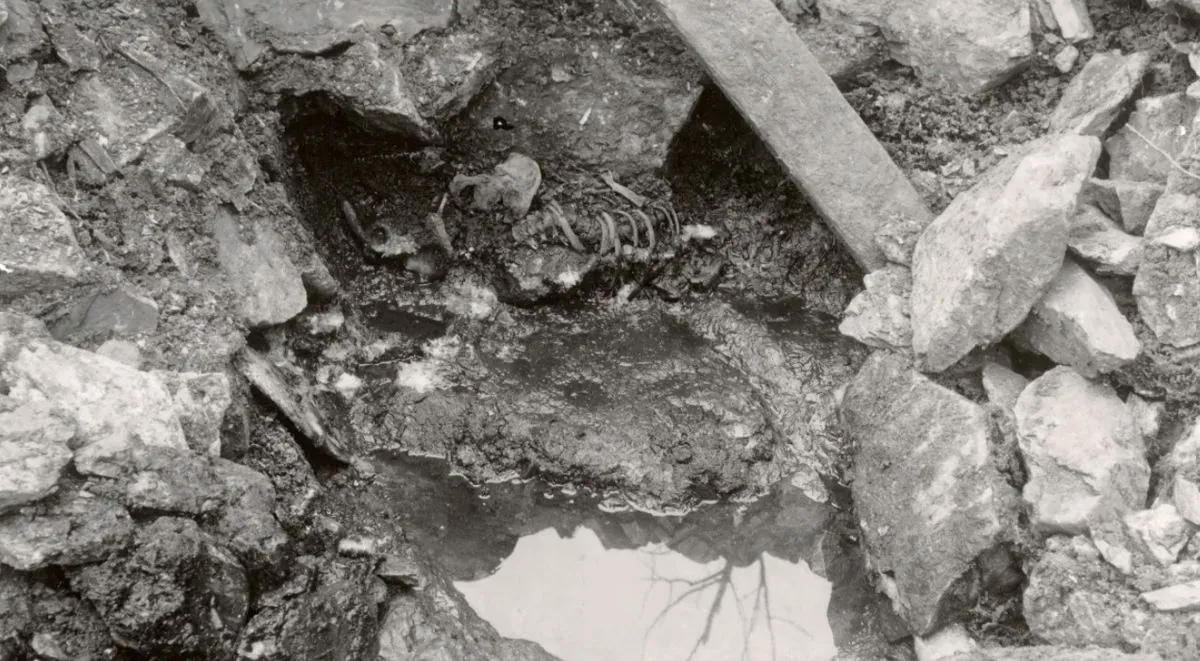The skeleton found in the castle well validates the truth of an 800-year-old Norwegian saga.
Scientists claim that the skeletal remains found in the castle well belong to a character from an 800-year-old saga. This is reported by UNN citing CNN.
Details
Researchers have linked the identity of the skeletal remains discovered in the well of the Norwegian castle Sverresborg to a passage from an ancient Norwegian text.
The 800-year-old saga of Sverre, which recounts the story of the real king Sverre Sigurdsson, includes a description of the body of a dead man—later known as the “Well-Man”—being thrown into a well during a military raid in central Norway in 1197.
According to the text, it is likely that the attackers discarded the body into the well to poison the main water source for the local population, but the saga provides no further information about this man or his identity.

Researchers first discovered the bones in the castle well in 1938, but at that time, they could only conduct a visual analysis. Now, scientists have access to a variety of analytical methods, including genetic sequencing and radiocarbon dating.
A new study of the remains, published in the journal Cell Press iScience, reveals unprecedented insights into the appearance of the Well-Man based on an in-depth examination of his dental samples.
This is the first instance where a person described in these historical texts has actually been found. There are many such medieval and ancient remains throughout Europe, and they are increasingly being studied using genomic methods.
- said co-author of the study Michael D. Martin, a professor in the Department of Natural History at the University Museum of the Norwegian University of Science and Technology in Trondheim.
The findings not only shed new light on what the Well-Man looked like but also on who he was, with an unexpected twist regarding how he came to be in the Scandinavian saga.
Reminder
In a quarry in Lincolnshire, ancient settlements and evidence of agricultural activity have been discovered. The finds include pottery, animal bones, and seed samples dating from the Neolithic to the Saxon period.